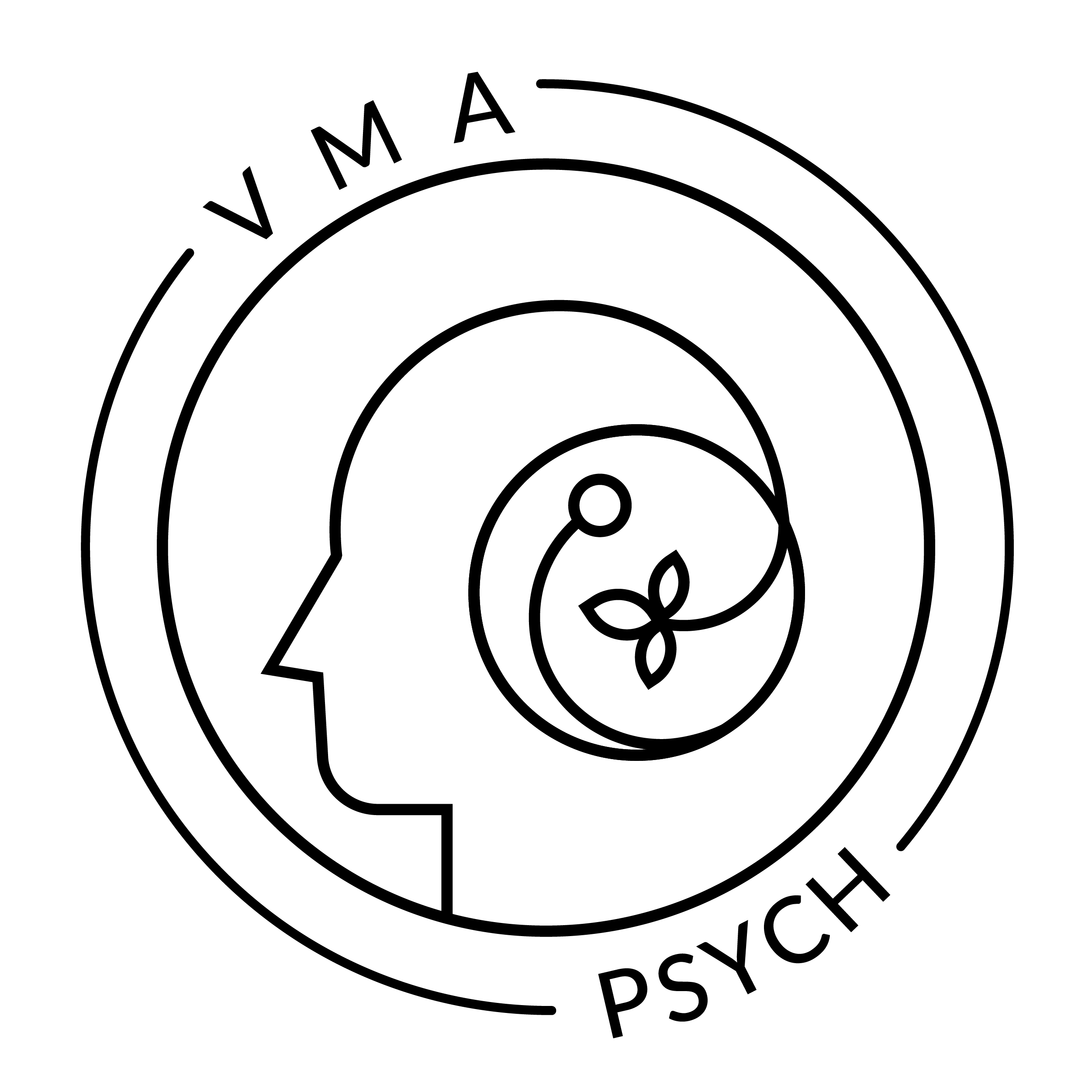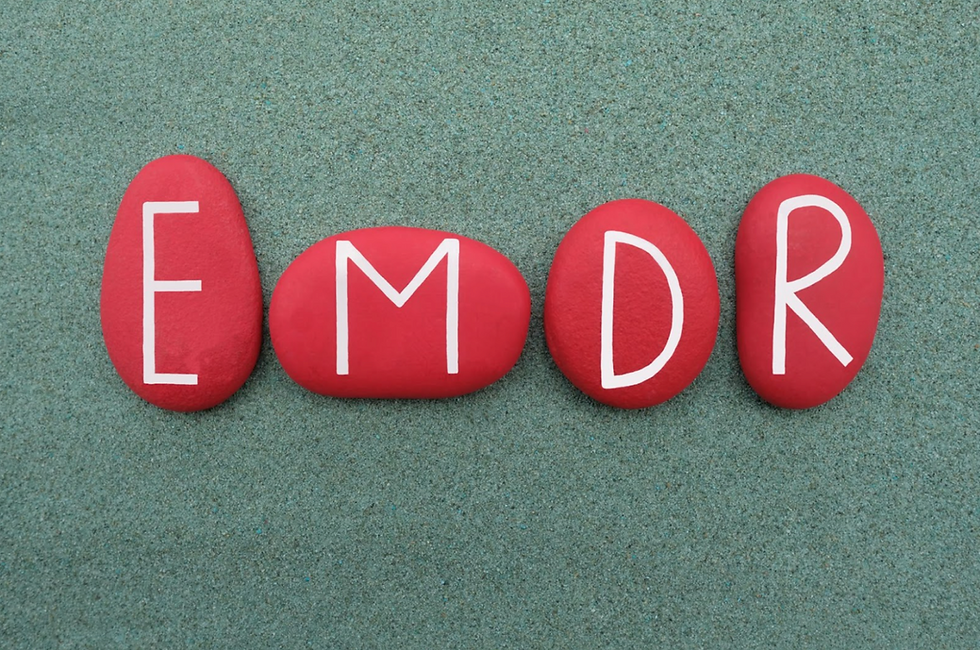
Mental Wellbeing
Rest vs. Release: Understanding the Two Paths to Emotional Renewal
Explore the psychological difference between resting and releasing. Learn how each process supports emotional and nervous system regulation, with actionable strategies to restore balance and avoid burnout.
WRITTEN BY
Aidan Murphy
ON
Jul 4, 2025

Introduction: Two Faces of Exhaustion

Have you ever felt emotionally drained, like you've poured out everything you have and there's nothing left to give? Or conversely, have you experienced a sense of emotional pressure building inside you, like you're one small trigger away from spilling over?
These are two common but very different experiences.
One speaks to depletion; the other, to saturation. While both can leave us feeling overwhelmed or stuck, they require very different responses: one calls for rest and recharging, the other for release and letting go.
At VMA Psych, we help individuals across Ontario better understand the signals their mind and body are sending. By recognizing whether you need to refill your cup or empty it, you can take targeted, effective steps toward emotional balance.
The Psychology of Resting and Recharging

Resting is about recuperating lost energy—emotionally, mentally, or physically. From a psychological perspective, rest supports parasympathetic nervous system activation, allowing the body to shift from a stress response to a state of calm and repair.
Signs You Need Rest:
Persistent fatigue or burnout
Difficulty concentrating
Emotional numbness
Feeling disconnected or disengaged
Trouble sleeping or relaxing
Actionable Steps to Recharge:

Prioritize Quality Sleep: Sleep is the most fundamental form of rest. Create a sleep hygiene routine: dim the lights, turn off screens, and stick to a regular bedtime.
Create Tech-Free Time: Constant stimulation from phones and computers keeps your nervous system on alert. Even 30 minutes a day without devices can help reset your baseline.
Engage in Passive Enjoyment: Not all rest is about doing nothing. Gentle activities like reading, gardening, or listening to music can be restorative when they require little mental effort but offer emotional reward.
Set Boundaries: Over-committing is a major source of burnout. Learn to say no when your capacity is low. Therapy can help you explore boundary-setting if it feels uncomfortable.
Practice Gentle Mindfulness: Try deep breathing or body scans. These quiet the mind and reorient your nervous system toward safety and stillness.
Psychology Insight: According to Dr. Saundra Dalton-Smith, author of "Sacred Rest," there are seven types of rest, including emotional, sensory, and creative. Identifying what kind of rest you're missing can lead to more targeted replenishment.
The Psychology of Releasing and Letting Go

While rest refuels us, release helps us make space. For some, distress is not from depletion but from carrying too much, whether that is too much resentment, grief, anxiety, trauma, or unrealistic expectations from ourselves or others. Releasing involves expressing, externalizing, or consciously letting go of what no longer serves us.
Signs You Need to Release:
Feeling overwhelmed or emotionally "full"
Irritability or emotional reactivity
Holding grudges or ruminating on the past
Experiencing somatic symptoms (tight chest, headaches, jaw tension)
Trouble making decisions or moving forward
Actionable Steps to Let Go:

Write It Out: Journaling can be a powerful form of emotional processing. Try a "brain dump" where you write everything that’s weighing on you without censoring.
Move Through It: Emotions are energy. Physical movement—especially expressive forms like dance, yoga, or even punching a pillow—can help release what words can’t.
Cry or Yell (Safely): Giving yourself permission to cry or express frustration (in a safe, private space) is a natural form of emotional release.
Talk It Through: Therapy provides a structured environment to release thoughts and feelings. Speaking aloud can help integrate and transform emotional experiences.
Use Symbolic Acts: Burning a letter you never send, releasing a balloon, or letting water run over your hands can serve as metaphors for letting go, reinforcing psychological closure.
Therapeutic Insight: In Psychodynamic and Gestalt therapies, release is seen as essential to catharsis—the process by which suppressed emotions are brought to awareness and discharged, enabling healing.
Why We Confuse the Two
In a culture that praises productivity and independence, we often mislabel what we need. Someone emotionally saturated might try to "push through" and end up snapping. Another might believe rest is indulgent, ignoring the real need for recuperation until they're burnt out.
It's also possible to need both. A person might feel full of grief and empty of energy at the same time. Learning to distinguish the two states and address them accordingly is key to nervous system regulation and emotional resilience.
Example: A parent juggling caregiving and work may feel physically exhausted and emotionally full of unspoken frustrations. They might benefit from both a day of rest and a venting session with a therapist.
Rest and Release Both Regulate the Nervous System

Both resting and releasing activate the parasympathetic nervous system, but in different ways:
Resting promotes safety, calming, and restoration.
Releasing promotes emotional unburdening, clarity, and lightness.
When integrated, they allow for full-spectrum regulation—a way to both stop the drain and empty the overflow.
What Keeps Us from Doing Either?

Guilt: Many people feel guilty resting, seeing it as lazy or selfish.
Fear of Facing Emotions: Letting go often requires us to confront uncomfortable feelings.
Lack of Skills: We aren't taught how to self-regulate, set boundaries, or express emotions effectively.
Perfectionism or Hyper-independence: The belief that we must do it all ourselves blocks help and hinders recovery.
Therapy and mental health education play a key role in helping people learn to rest and release in healthy, supported ways.
Book Recommendation: "Permission to Feel" by Dr. Marc Brackett
This powerful book by the director of the Yale Center for Emotional Intelligence introduces the RULER method to help readers recognize, understand, label, express, and regulate emotions. It's an excellent resource for those learning to identify whether they need rest or release, and how to do both.
Why We Recommend It: "Permission to Feel" offers both research-backed and compassionate tools for emotional clarity, aligning with the therapeutic guidance we offer at VMA Psych.
Final Thoughts: Listen to Your Nervous System

Being well isn't about pushing through at all costs—it's about noticing what your mind and body need in the moment. Sometimes that's rest: a quieting of the external noise. Other times, it's release: a letting go of the internal build-up.
And often, it's both.
Learning to discern the difference and respond with compassion is a skill worth developing. Over time, it can help you prevent burnout, reduce anxiety, and cultivate deeper emotional resilience.
Need Support on Your Journey?
At VMA Psych, we offer individual counselling, trauma-informed therapy, and psychological assessments tailored to your unique needs. Whether you're feeling drained, overwhelmed, or unsure of what you need, we're here to help you restore balance and move forward.
Book your consultation today and begin the process of truly caring for your emotional well-being.
Welcome to VMA Psych.
Your trusted provider of exceptional mental health services in the GTA & beyond. Learn More
With 40+ years as Toronto's leading psychologists, we guide individuals through life's complexities, offering specialized services for a brighter future.



















